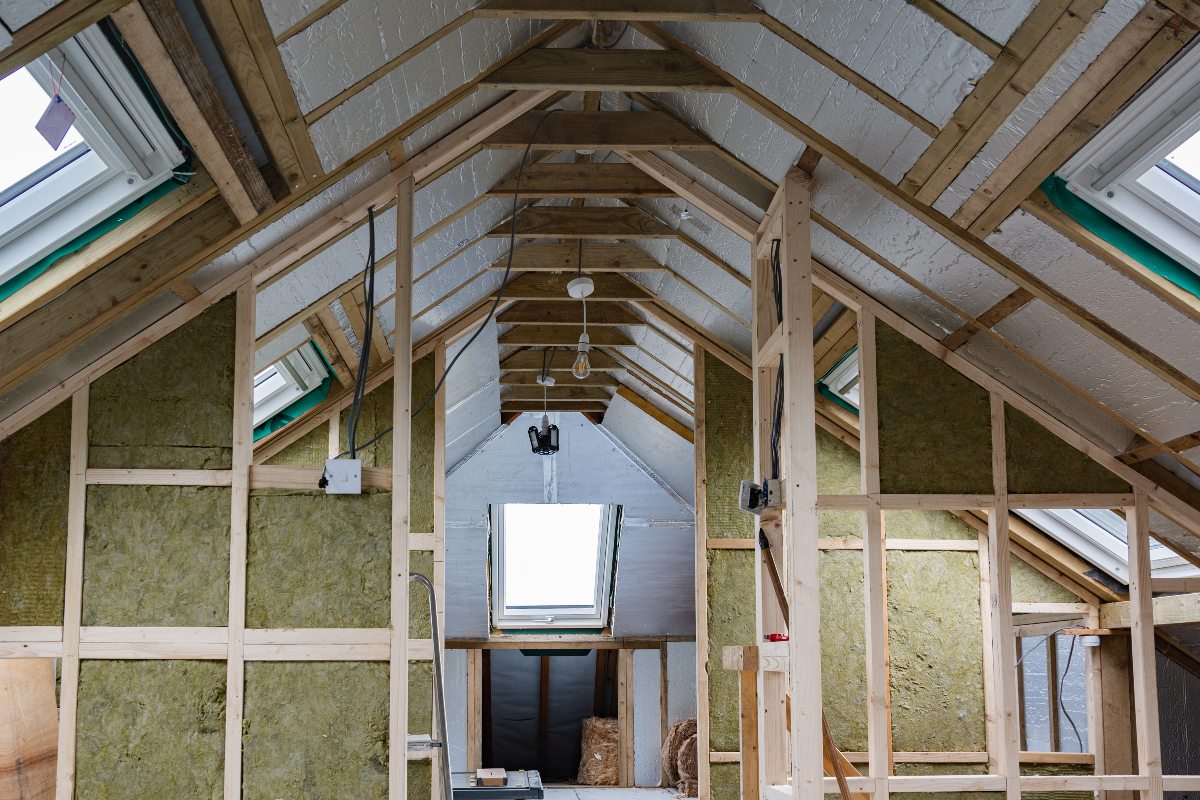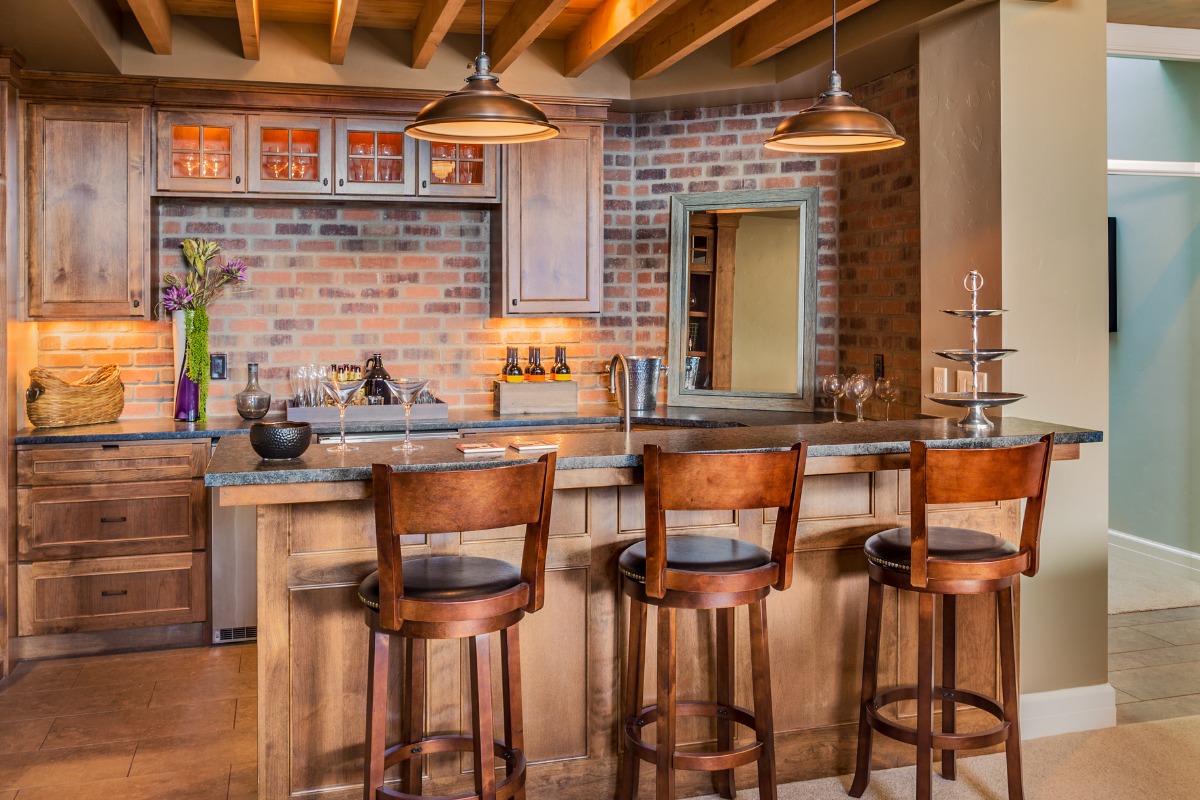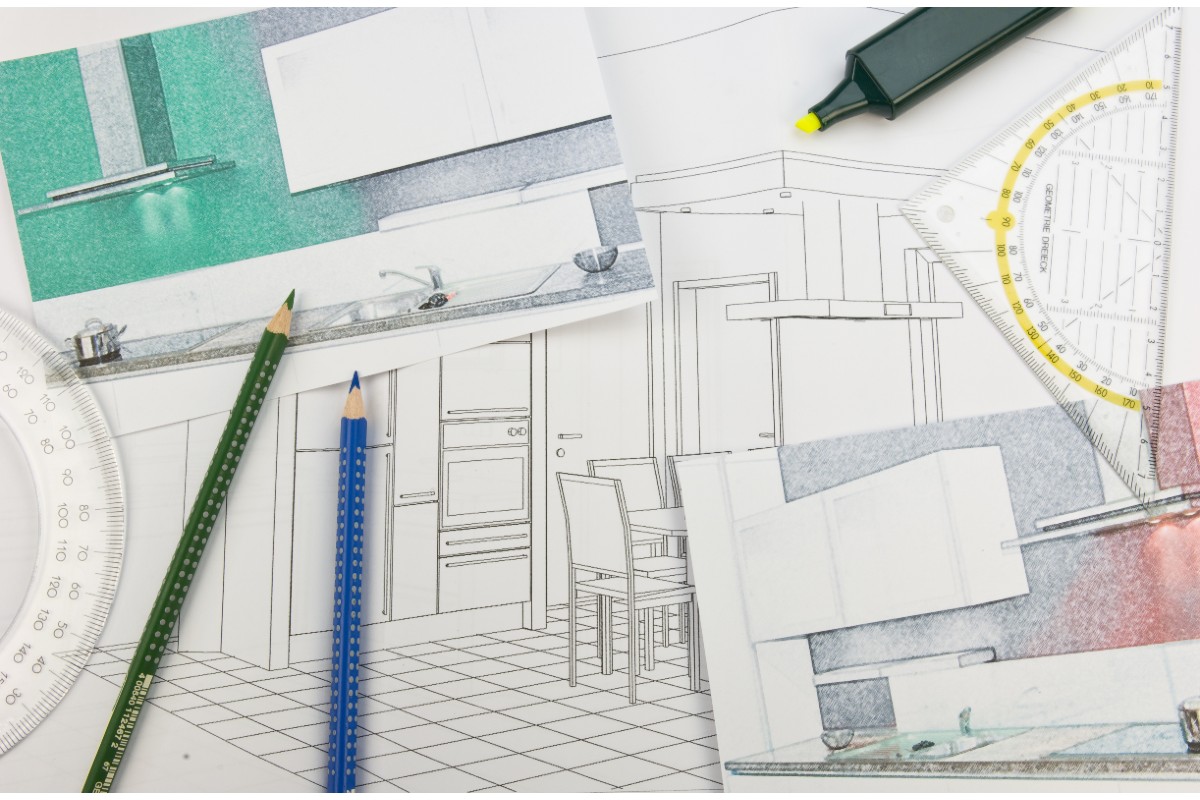If you are renovating a house, the biggest money saver is doing the renovation in the correct order. A home renovation often starts with excitement, then turns into a long project once hidden problems appear, especially in an old...
A loft conversion is an excellent way to transform unused attic space into valuable living space, whether you’re dreaming of a new bedroom, home office, or extra storage. The idea of taking on a loft conversion project yourself can be tempting, especially if you’re looking to save on loft conversion costs.
But is a DIY loft conversion feasible, or should you rely on a specialist loft conversion company? In this complete loft conversion guide, we’ll explore the challenges, requirements, and practicalities of converting your loft space yourself, covering everything from planning permission to building regulations and fire safety.

Understanding Loft Conversions
What Is a Loft Conversion?
A loft conversion involves transforming an underused roof space into a functional habitable space. Depending on your home’s structure, this could range from a simple Velux loft conversion with roof windows to more complex designs, such as a dormer loft conversion or a mansard conversion. Each type alters the existing roof to create extra living space, but the complexity varies.
For instance, a hip-to-gable loft or dormer conversion may involve significant structural alterations, while a rooflight loft conversion is less invasive, focusing on adding windows to the existing roof slope.
Types of Loft Conversions
There are several loft conversion ideas to consider, each suited to different homes and budgets:
-
Velux Loft Conversion: This involves adding roof windows to the existing roof line, making it one of the most cost-effective options. It’s ideal for homes with sufficient roof pitch and headroom.
-
Dormer Loft Conversion: A dormer loft extends the existing roof to create additional floor space and headroom, often incorporating dormer windows for natural light. A flat roof dormer is common in semi-detached houses.
-
Hip to Gable Loft Conversion: This replaces the sloping side of the existing roof with a vertical wall, maximising usable space. It’s popular in homes with a hipped roof.
-
Mansard Loft Conversion: A mansard conversion alters the roof structure to create a near-vertical wall, offering significant extra space. It’s more complex and often requires planning permission.
-
Modular Loft Conversion: Prefabricated sections are used to create a new loft conversion, reducing on-site construction time but requiring professional installation.
Each type has unique benefits and challenges, impacting the feasibility of a DIY approach.
Can You Do It Yourself?
Several variables determine how much value a loft conversion will add to your home. Understanding these can help you plan a project that maximises ROI.
Skills and Expertise Required
Taking on a loft conversion project yourself demands a wide range of skills, including carpentry, roofing, electrical work, plumbing, and knowledge of building regulations. You’ll need to assess the existing ceiling joists and floor joists to ensure they can support the new floor space.
Structural modifications, such as altering the roof structure or installing dormer windows, may require input from a structural engineer to ensure structural stability. Without experience in these areas, mistakes could compromise fire safety or the structural integrity of your home.
Tools and Equipment
A DIY loft conversion requires specialised tools, from heavy-duty saws and drills to scaffolding for safe access to the existing roof. You’ll also need materials like insulation for energy efficiency, roof windows for natural light, and fire-resistant materials to meet fire safety regulations. Renting or purchasing these tools can increase the cost of a loft conversion, potentially reducing the savings of a DIY approach compared to hiring a loft conversion company.
Time Commitment
Converting your loft space is a time-intensive project. Even a simple Velux loft conversion could take weeks or months, depending on your availability and expertise. Complex projects like a dormer loft conversion or hip to gable loft require even longer, as they involve structural alterations and compliance with building regulations.
Professional loft conversion specialists can complete the work faster due to their experience and dedicated teams, whereas a DIY project may stretch over a longer period, disrupting your home life.

Legal and Regulatory Considerations
Planning Permission
Before starting your loft conversion, you must determine whether planning permission is required. Many loft conversions fall under permitted development rights, meaning they don’t need formal approval, provided they meet specific criteria. For example, the new loft conversion must not extend beyond the existing roof slope or exceed volume limits (typically 40 cubic meters for terraced houses and 50 cubic meters for semi-detached houses). However, mansard conversions or projects in areas of outstanding natural beauty often require planning permission. Always check with your local authority to avoid costly mistakes.
Building Regulations
Compliance with building regulations is non-negotiable, even for DIY loft conversions. These regulations cover fire safety, structural integrity, insulation for energy efficiency, and ventilation. For instance, floor joists must be reinforced to support the new living space, and escape routes must be planned to meet fire safety regulations. A building control officer will inspect the work at various stages, so you’ll need to document your progress and ensure compliance. Failure to meet these standards could render your converted loft unsafe or unsellable.
Party Wall Agreement
If your home shares a party wall with a neighbour, as is common in semi-detached houses, you may need a party wall agreement. This legal document outlines the work and protects both parties from disputes. For example, a dormer loft conversion that alters the party wall requires the consent of the neighbour. Handling this process yourself involves time and paperwork, whereas a specialist loft conversion company often manages it as part of their service.

Costs and Budgeting
Loft Conversion Costs
The cost of a loft conversion varies depending on the type and scale of the project. A basic Velux loft conversion might cost £15,000–£25,000, while a dormer loft conversion or mansard conversion could range from £30,000 to £60,000 or more. DIY projects can reduce labour costs, which typically account for 50–60% of the total, but you’ll still need to budget for materials, tools, and professional services like a structural engineer. Unexpected issues, such as weak existing ceiling joists or the need for a warm roof method to improve insulation, can also increase costs.
Hidden Costs of DIY
While DIY might seem cost-effective, hidden expenses can add up. For example, correcting mistakes, renting equipment, or hiring professionals to fix errors can inflate your budget. Additionally, non-compliance with building regulations or permitted development rights may result in fines or the need to rectify the work. Hiring a loft conversion company may offer better value in the long run, as they provide project management and expertise to avoid costly pitfalls.
Practical Steps for a DIY Loft Conversion
Assessing Your Loft Space
Start by evaluating your roof space to determine if it’s suitable for conversion. A roof pitch of at least 30 degrees and a minimum headroom of 2.2 meters are ideal for creating usable space. Inspect the condition of the existing roof and floor joists, as they may require reinforcement. If your attic space is cramped or has an awkward roof slope, a dormer loft or hip-to-gable loft might be necessary to maximise space.
Designing Your Loft
Plan the layout to maximise your floor space. Consider loft conversion ideas like adding dormer windows for natural light, or creating an office space or extra bedroom. Use design software or consult a structural engineer to ensure your plans align with the roof structure and building regulations. Incorporate features like insulation for energy efficiency and fire safety measures, such as fire-resistant doors and smoke alarms.
Executing the Project
Begin with structural work, such as reinforcing floor joists and installing roof windows or a flat roof dormer. Use the warm roof method to improve insulation and prevent heat loss, as opposed to the less efficient cold roof method. Follow a clear timeline, tackling one task at a time—roofing, insulation, electrical work, and finishing. Regularly consult building regulations and schedule inspections to ensure compliance.

Benefits and Risks of DIY
Benefits
A DIY loft conversion can save money on labour and allow you to customise your living space to your exact preferences. It’s a rewarding project that adds value to your home and creates more living space, whether for a bedroom, office space, or storage space. With careful planning, a perfect loft conversion is achievable for skilled DIYers.
Risks
The risks are significant. Structural errors could weaken your home, and non-compliance with fire safety regulations or building regulations could lead to safety hazards or legal issues. The time commitment and potential for costly mistakes make hiring loft conversion specialists a safer option for many homeowners, especially for complex projects like a mansard loft conversion or a hip-to-gable loft.
When to Hire Professionals
If your loft conversion project involves significant structural alterations, such as modifying the existing roof line or building a dormer loft, professional help is advisable. A specialist loft conversion company brings expertise, project management, and access to structural engineers, ensuring compliance with permitted development rules and building regulations. They can also handle party wall agreements and source high-quality materials, delivering a converted loft that adds significant value to your home.

Conclusion
A DIY loft conversion is possible for those with advanced skills, time, and a thorough understanding of building regulations and fire safety. However, the complexity of altering the roof structure, ensuring energy efficiency, and complying with planning permission requirements makes professional loft conversion specialists a worthwhile investment for most homeowners.
Whether you opt for a Velux loft conversion, dormer loft, or mansard conversion, careful planning and expertise are key to creating a perfect loft conversion that transforms your attic space into increased living space. If you’re unsure about your capabilities, consult a loft conversion company to ensure a safe, cost-effective, and high-quality result.
The Conversion Guy – Expert Loft Conversions in Derbyshire & Staffordshire
Are you ready to take the plunge and turn your unused loft into a beautiful, practical space? Well, look no further! The Conversion Guy is committed to delivering a loft conversion experience that is second to none.
With over 40 years of experience in loft conversions, we are looking forward to helping you transform your unused space into something truly special! We love talking lofts, so be sure to get in touch today or book a free consultation and take the first step towards unlocking your home’s full potential.
From the Learning Centre
Explore our resources and learn about pricing, bathroom refits, kitchen kitchen renovations, loft conversions and many other home improvements in our Learning Centre






